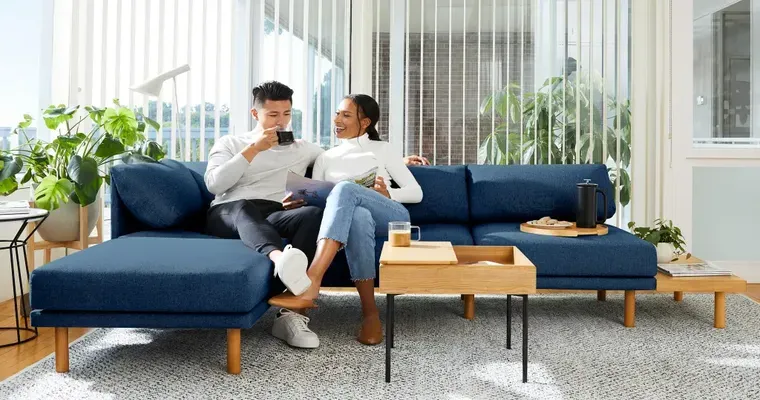In recent years, "sofas" and "chairs" appear to be designed primarily for "taller individuals", sparking a conversation among consumers and designers alike. Many people have observed that the height of seating options has changed significantly, potentially leaving shorter individuals feeling uncomfortable and unsupported. This trend raises questions about the evolving needs of consumers and the impact of contemporary design on "furniture ergonomics".
One of the most noticeable changes in furniture design is the increased "seat height" of sofas and chairs. Traditional seating often catered to a wider range of body types, with lower seat heights that allowed for comfortable use by people of various heights. Today, however, many manufacturers prioritize a modern aesthetic that often translates to taller seating. This shift may be driven by a desire to appeal to a demographic that is generally taller than previous generations, leading to designs that may not accommodate everyone as effectively.
The implications of this design trend extend beyond mere aesthetics. Comfort is a critical factor in furniture selection, and "ergonomic design" plays a significant role in ensuring that a chair or sofa supports the body properly. Taller seating may result in discomfort for shorter individuals, who may find their feet dangling or their knees elevated at an awkward angle. This can lead to long-term issues, such as poor posture or back pain, which can detract from the overall experience of using the furniture.
Moreover, the "average height" of the population has indeed increased over the years, but this does not mean that all furniture needs to be tailored exclusively for taller individuals. Designers and manufacturers should consider the diverse needs of consumers. By offering a range of options, including lower seating arrangements, they can cater to a broader audience and promote inclusivity in furniture design.
As consumers become more aware of these changes, they are beginning to seek out alternatives. Customizable furniture options, adjustable seat heights, and a return to more traditional designs are gaining popularity. Shoppers are now looking for pieces that not only match their aesthetic preferences but also provide comfort and support tailored to their specific body types.
In conclusion, the observation that sofas and chairs built today seem to cater primarily to taller individuals is not unfounded. This trend poses challenges for shorter consumers and raises important considerations for "furniture design". By recognizing the importance of comfort and inclusivity, manufacturers can create pieces that appeal to a wider audience, ensuring that everyone can enjoy their seating without discomfort. As discussions around this topic continue, it’s essential for both consumers and designers to advocate for a more balanced approach to furniture design that accommodates all body types.





